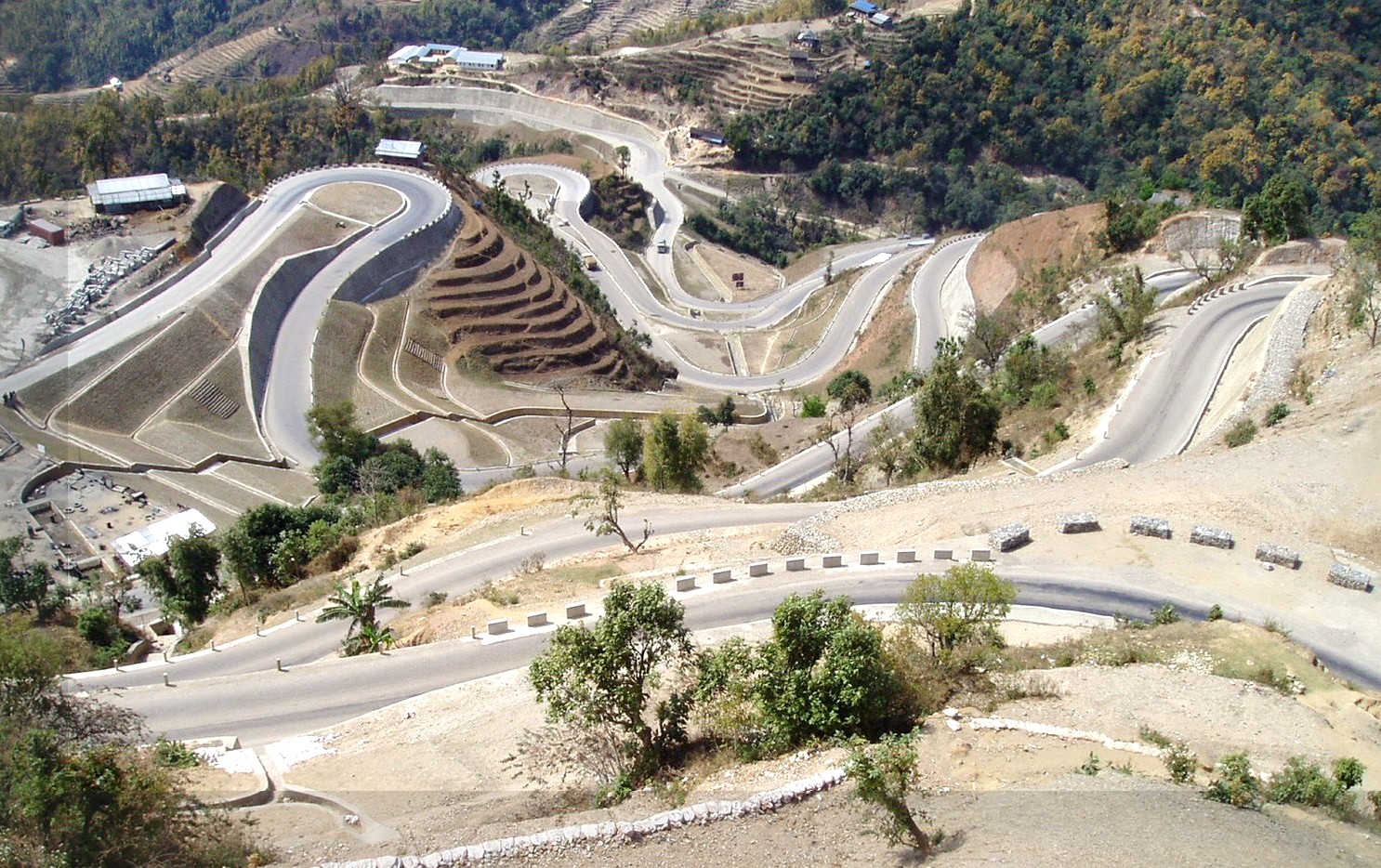Tailings Engineer: Essential Knowledge for Sustainable Waste Monitoring in Mining
Tailings Engineer: Essential Knowledge for Sustainable Waste Monitoring in Mining
Blog Article
The Interdisciplinary Approaches in the Geotechnical Industry: Bridging the Space Between Design, Geology, and Environmental Scientific Research for Optimum Project End Results
The combination of engineering, geology, and environmental science within the geotechnical industry is not merely helpful; it is important for attaining optimum project end results. What techniques might arise to promote this vital collaboration and boost the effectiveness of geotechnical techniques?
Value of Interdisciplinary Cooperation
The relevance of interdisciplinary collaboration in the geotechnical industry can not be overstated. Reliable geotechnical tasks require the combination of varied proficiency from different fields, consisting of design, geology, and ecological scientific research. This cooperation guarantees that all elements of a project are thought about, resulting in extensive solutions that deal with complex difficulties.
Interdisciplinary partnership fosters innovation by allowing specialists to share insights and approaches that may not be noticeable when functioning in seclusion (tailings engineer). By leveraging the toughness of numerous disciplines, groups can determine prospective risks, enhance layout processes, and improve the sustainability of geotechnical projects. Such partnership promotes an alternative understanding of site-specific problems, which is critical for precise assessment and decision-making.
The complexity of geotechnical tasks demands a collaborated strategy to analytic. Inevitably, interdisciplinary partnership is important for advancing best practices and accomplishing quality in the geotechnical market.
Key Functions of Each Technique
Partnership amongst numerous techniques is not simply valuable; it is essential for the successful execution of geotechnical tasks. Each self-control-- engineering, geology, and ecological scientific research-- plays an unique yet interconnected role that adds to project effectiveness and sustainability.
Geotechnical designers are mostly in charge of developing structures and guaranteeing architectural stability. They assess dirt and rock residential properties to evaluate load-bearing abilities, supplying vital data for secure construction techniques. Their proficiency makes it possible for the formulation of innovative solutions to complicated obstacles.

Environmental scientists evaluate the potential effects of building on environments and water sources. They carry out ecological evaluations and create reduction strategies to minimize unfavorable results. By integrating environmental factors to consider, they make certain compliance with guidelines and promote sustainability throughout the job lifecycle.
Instance Studies of Successful Integration
Successful assimilation of geotechnical self-controls can be exhibited via numerous study that highlight the efficiency of team effort in addressing complicated design obstacles. One notable instance is the building and construction of the Hong Kong-- Zhuhai-- Macau Bridge, where a joint technique including geotechnical design, geology, and environmental scientific research was important. Designers and rock hounds functioned in unison to evaluate the seabed problems and enhance the foundation design, guaranteeing stability and minimizing ecological effect.
An additional impactful situation is the enhancement of incline security in the San Francisco Bay Area, where an interdisciplinary group combined geotechnical evaluation with ecological evaluations. By integrating hydrological studies and geological studies, the group effectively recognized possible landslide dangers and implemented effective reduction steps, improving safety and sustainability.
Additionally, the redevelopment of Brownfield websites typically requires a multidisciplinary strategy. In one case in Chicago, cooperation amongst geotechnical engineers, environmental scientists, and city planners resulted in the successful remediation of polluted soil, permitting the safe change of the website right into a community park. These study highlight that interdisciplinary collaboration not only addresses technical obstacles yet likewise cultivates innovative solutions that benefit both areas and projects.
Obstacles in Multidisciplinary Projects

Additionally, coordinating schedules and operations amongst various groups can be problematic, especially when each self-control has special job landmarks and deliverables. This imbalance can result in delays and enhanced costs. The difficulty of resource appropriation additionally looms big; guaranteeing that specialized experience is available at important junctures calls for mindful planning and foresight.
Last but not least, regulatory compliance postures another significant challenge. Each discipline may face different regulative frameworks, and lining up these requirements to satisfy job purposes can be intricate and time-consuming. Attending to these challenges requires strong leadership and efficient interaction methods to foster cooperation and guarantee that multidisciplinary teams function cohesively in the direction of shared objectives.
Future Trends in Geotechnical Practices
As the geotechnical industry see this website progresses, arising trends are reshaping methods to address the difficulties encountered in multidisciplinary tasks - consulting engineer. One significant fad is the boosted integration of sophisticated innovations, such as expert system and device learning, right into geotechnical evaluation and layout. These modern technologies improve predictive modeling and risk assessment, allowing engineers to make more educated choices throughout the project lifecycle

Moreover, the adoption of digital twins and real-time tracking systems is coming to be much more widespread. These devices facilitate recurring assessment of dirt conditions and architectural performance, permitting prompt treatments when issues develop.
Final Thought
Finally, the combination of design, geology, and ecological scientific research is vital for attaining optimum outcomes in the geotechnical industry. Interdisciplinary partnership promotes innovation, boosts problem-solving capabilities, and straightens technological needs with environmental sustainability. Successful study show the advantages of this approach, while acknowledging the obstacles encountered in multidisciplinary jobs. Looking ahead, welcoming these collaborative techniques will be important for navigating future patterns and advancing the area of geotechnical design.
The combination of design, geology, and environmental scientific research within the geotechnical market is not simply advantageous; it is vital for achieving optimal job outcomes. Effective geotechnical tasks call for the integration of diverse experience from different fields, including design, geology, and ecological scientific research.Navigating the intricacies of multidisciplinary tasks in the geotechnical market presents several substantial obstacles.As the geotechnical market develops, arising trends are reshaping techniques to deal with the challenges faced in multidisciplinary tasks. Geotechnical engineers are progressively working together with ecological scientists to guarantee that jobs straighten with sustainability goals and abide with regulatory demands.
Report this page